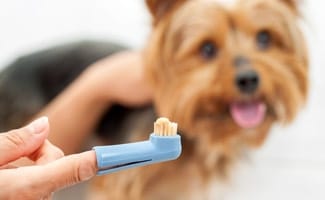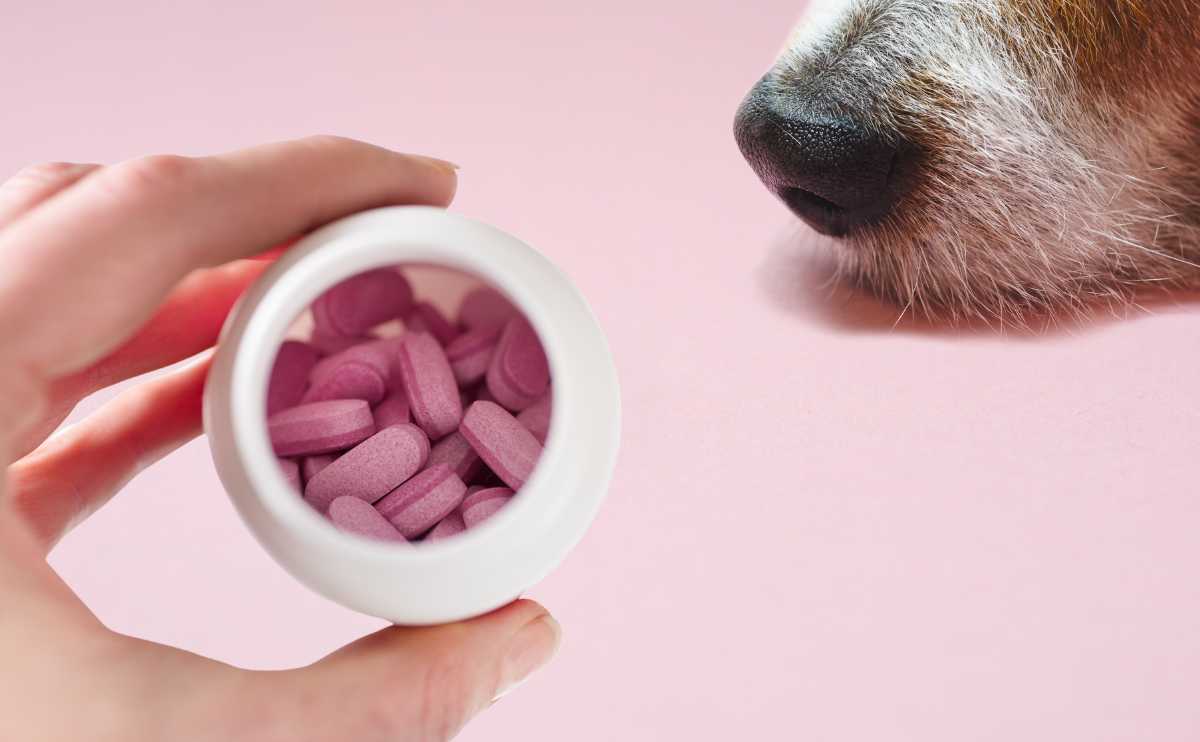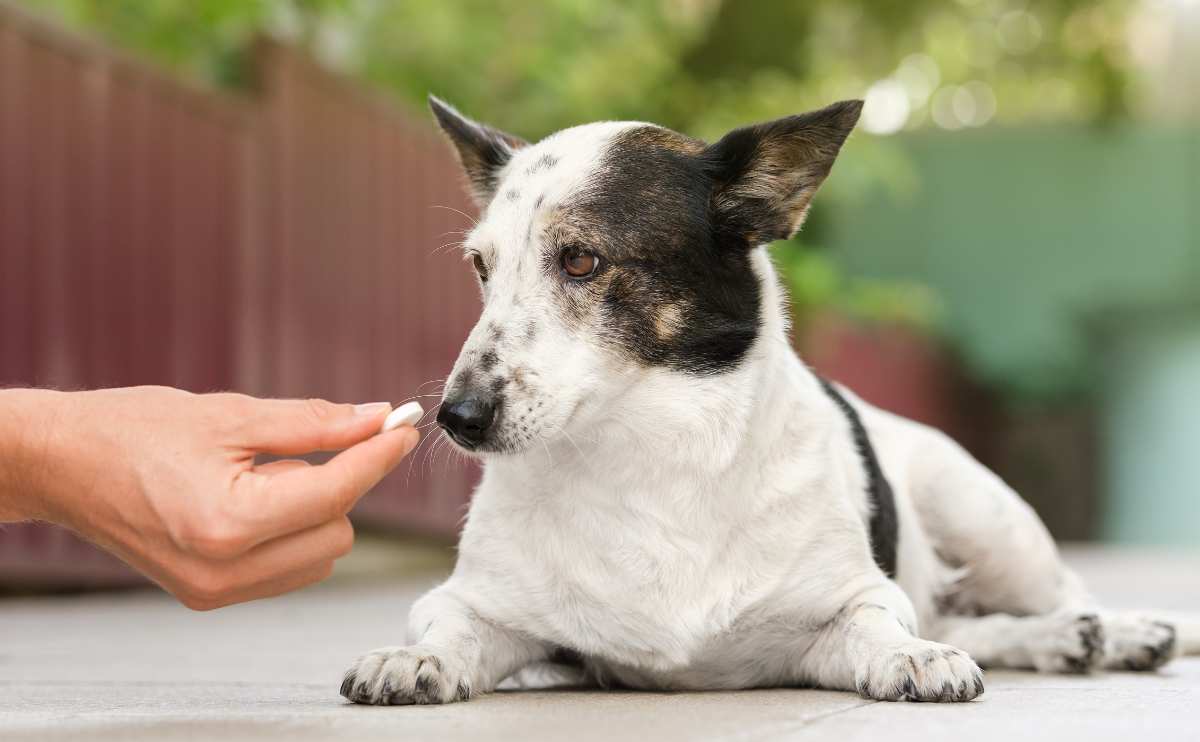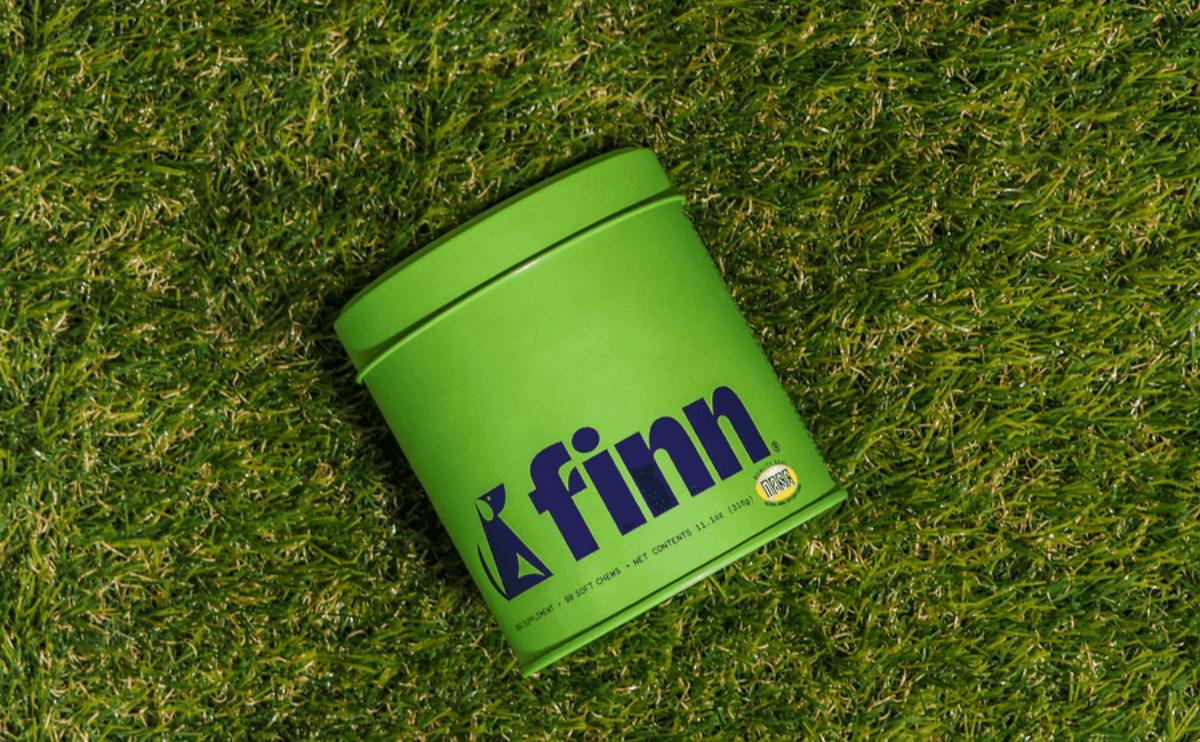When you purchase through links on our site, we may earn a commission. Here’s how it works.
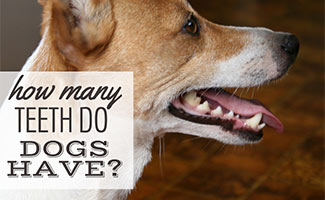
Who doesn’t love a sweet doggie smile? But how much do you know about what’s going on inside your dog’s mouth? To care for your dog in every way, it makes sense to learn more about your dog’s teeth, so you know how they should look and how to care for them. Learn how many teeth dogs have and how to care for them.
How Many Teeth Do Dogs Have?
Let’s start with the basics: how many teeth do dogs have? Dogs will have two sets of teeth in their lifetime. Much like humans, they have a set of deciduous teeth (baby teeth) and a set of permanent adult teeth, also called secondary teeth. However, dogs have more teeth than humans in each set, with 28 deciduous teeth and 42 secondary teeth.
Types Of Canine Teeth
Incisors

Incisors are the front teeth. These teeth are the smallest and serve several functions, like nipping and biting, scraping meat off a bone, and grooming. Most adult dogs have 12 incisors — six on the upper jaw and six on the lower jaw.
Canines
Next to the incisors are the long pointed teeth known as the canines. Dogs use these teeth for shredding and tearing meat. They also bite and lock onto something your dog wants to hold on to, like a bone or chew toy. There are four permanent canines, two on top and bottom.
Premolars
Premolars come in behind the canines. These are sharp teeth used to chew and shear food. If you notice your dog chewing something on the side of his mouth, he’s probably using his premolars. There are 16 premolars in most adult dogs’ mouths, eight in both the top and bottom.
Molars
In the very back of the mouth are the molars. These flat, strong teeth grind and chew more hearty foods. You’ll see four molars on top and six molars on the bottom in most adult dog mouths.
Wolf Teeth vs Dog Teeth
Dogs and wolves have a lot in common. What’s interesting is how their teeth are similar and different. Wolves and dogs have the same amount of teeth, 28 baby and 42 adult teeth, and the same types of teeth. However, wolf teeth are much longer, and their jaws tend to be stronger.
Guide To Dog’s Teeth Infographic
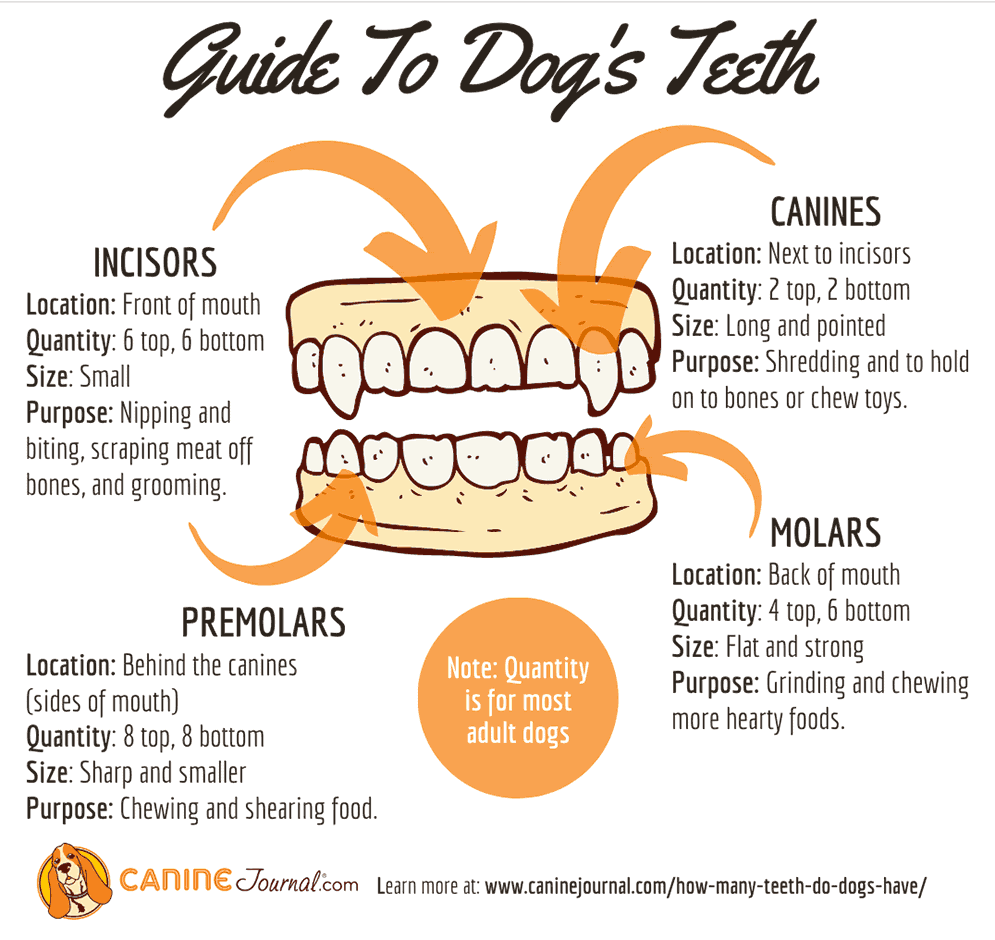
When Will My Puppy Lose Their Teeth?
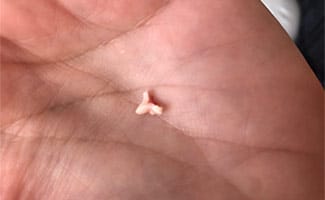
Puppies are usually born without any teeth, but the puppy teeth start to come in quickly. By six months old, the baby teeth will be gone, and all of the permanent teeth should be present. Here is a timeline for how this process works.
- Two Weeks To One Month: Teething begins as puppy teeth start to erupt, starting with incisors and followed by premolars, molars, and finally, canines.
- Five Weeks To Two Months: All 28 puppy teeth will be in, and by the two-month mark, your puppy may start to lose his baby teeth.
- Three To Four Months: By the three to four-month mark, the baby teeth start to fall out more quickly. The permanent teeth begin to erupt almost immediately after the baby teeth fall out. The loss of baby teeth and the eruption of permanent ones follow the same order as the baby teeth eruption pattern: incisors, premolars, molars, and then canines.
- Six Months: At this point, all the baby teeth should be gone. It’s vital to take your dog to the vet for a tooth check to ensure everything looks good and there are no issues.
Ways To Help With Puppy Teething
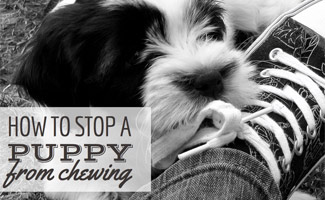
During the teething process, you should prepare to have plenty of indestructible toys and ways to keep your dog from destroying your shoes and furniture. Teething is a natural instinct, and chewing on objects helps alleviate any pain they experience from their new teeth growing in.
Learn more in our how to stop a puppy from chewing article. It also might be worthwhile to sign up for a monthly dog box subscription to keep the toys coming regularly (dogs can get bored quickly). They even make boxes for super chewers.
 How Do I Care For My Dog’s Dental Needs?
How Do I Care For My Dog’s Dental Needs?
Caring for your dog’s teeth is part of the responsibility of owning a dog, and they need your help to keep them clean and healthy. Brushing your dog’s teeth is the most important (and least expensive) step you can take, and we can help you with the details on how to do it, how often, and the tools you’ll need to get started. Dogs can develop dental disease by the time they reach 2 years old, so your dog’s dental health needs to be a priority. A professional tooth cleaning once a year is also advisable to keep your dog’s mouth in top health.
Learn to brush your dog’s teeth effectively
You might also consider dental chews, systems like BARK Bright dental, rawhide bones, or safer rawhide alternatives to help keep your dog’s teeth healthy and strong, but you’ll need to make sure you understand how to use them safely.
How Strong Are My Dog’s Teeth?
Dog teeth are powerful, but they’re not indestructible. Like people, dogs can break their teeth by chewing on tough things or from an injury. However, dogs are much less likely than humans to get cavities because their saliva does a better job of preventing them.
The biggest concern you have to consider with your dog’s teeth is gum disease. Dogs can get gingivitis, an infection of the gums that can progress to periodontal disease if left untreated. This disease is a chronic infection of the gums and bone in the mouth. Without strong gums and bones, healthy teeth can fall out, bad breath starts, and tooth decay worsens. The presence of gum and dental disease increases the risk of heart disease and diabetes.
This one-minute video from Health Care For Pets shows you how you can tell if your pet has gum disease.
Preventative Care For A Healthy Dog
Learning about your dog’s teeth can help you provide the best care possible for your furry friend. And a healthy mouth only adds to their overall health. Because some dental care is preventative, some pet insurance wellness plans include teeth cleaning in their covered procedures. Other companies offer dental-specific insurance plans. Our experts review how not to break the bank with pet wellness plans so you can decide if they might be right for your family.
Have you had any issues with your dog’s teeth?
Tagged With: Dental, Trivia